Technologies
Apple Watch Series 9 Rumors: Will It Get a Blood Glucose Monitor?
The next Apple Watch is likely on the way. Here’s all the buzz about its release date, price and new features.
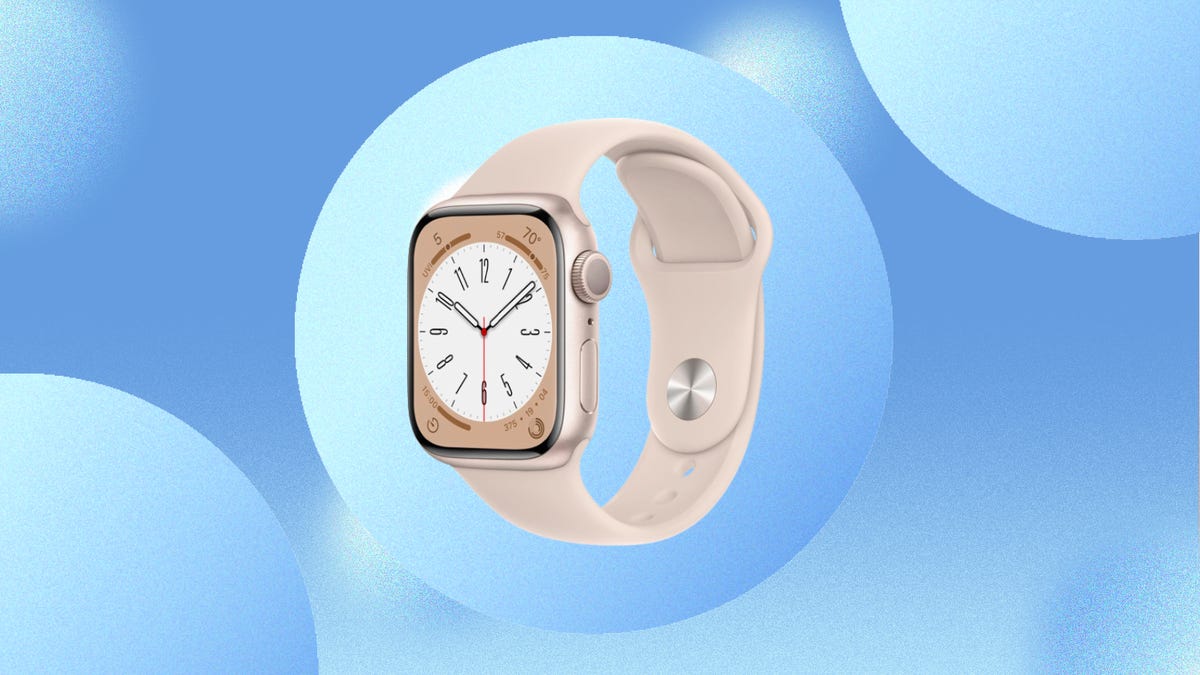
The iPhone 15 isn’t the only new device we’re expecting to see this year. The successor to the Apple Watch Series 8 is also likely to hit shelves in 2023. Apple is the king of smartwatches, and it’s been reigning supreme for years now despite a slow start. With 2023 underway, we’re looking forward to the next generation of the company’s iconic timepiece, the Apple Watch Series 9.
Over the years, Apple has made a steady stream of upgrades to the Apple Watch, adding an always-on display in 2019, blood oxygen monitoring in 2020, a bigger display in 2021 and temperature sensing in 2022.
This year, however, an incremental upgrade is more likely to materialize, considering Apple shook up its smartwatch lineup last year with the introduction of the luxurious Apple Watch Ultra and the second-gen Apple Watch SE. Currently, there are few rumors to run with for the Watch Series 9 (unlike for the iPhone 15 series), but we’ll be sure to update this article as we get a whiff of any credible buzz.
New sensors
The major new health feature expected to arrive on the Apple Watch is noninvasive and continuous blood glucose monitoring, according to a Bloomberg report published in February. Currently, testing for blood glucose requires pricking the skin for blood. To test glucose levels without blood, Apple is said to be investigating an approach that involves using a silicon photonics chip for a measurement process called optical absorption spectroscopy. This technique shines light from a laser under the skin to determine the amount of glucose in the body, the report says. While major progress has reportedly been made in bringing this feature to life, the technology needs to be miniaturized to fit in a wearable device. If Apple pulls this off, it has the potential to make the Apple Watch essential in millions of diabetic households.
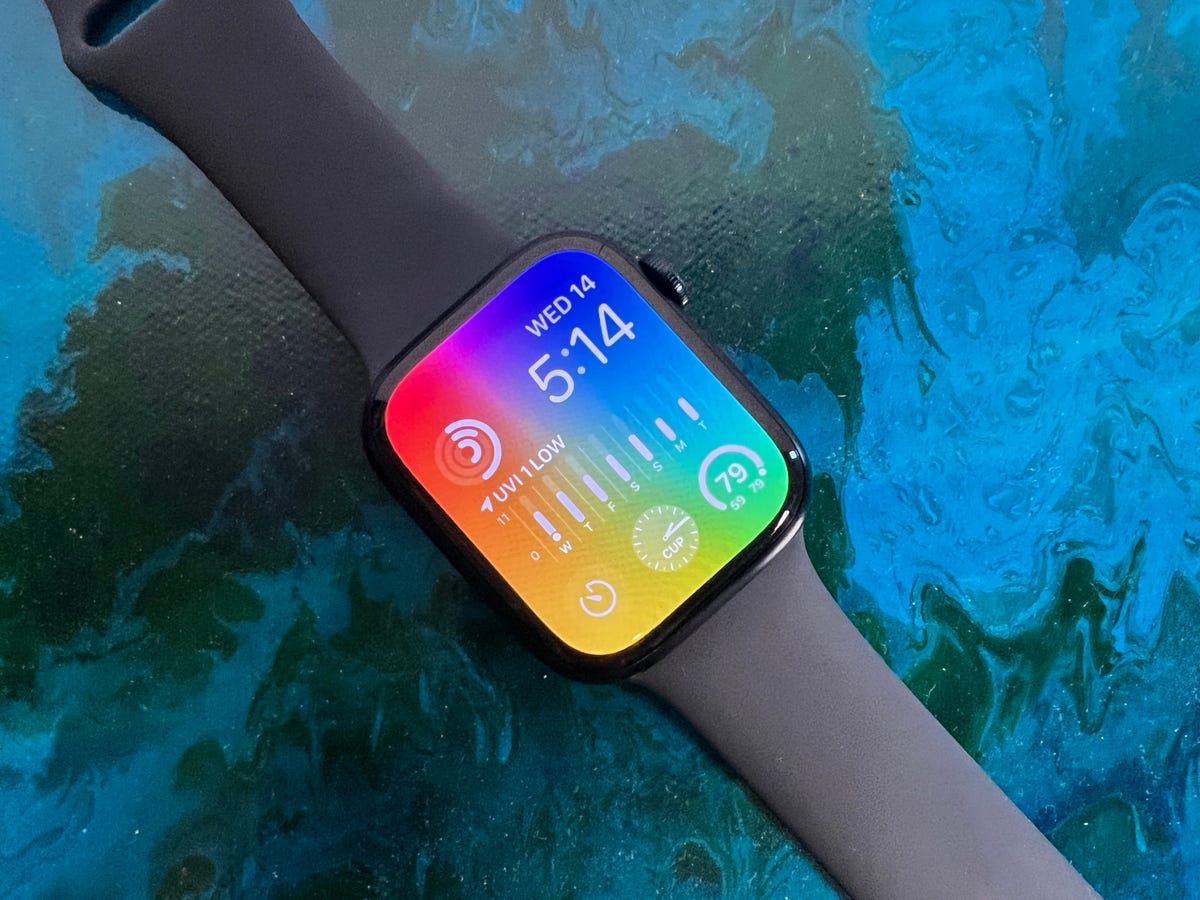

The Apple Watch Series 8 adds a temperature sensor. But how it performs over time is still TBD.
Scott Stein/CNETMicroLED display?
The Apple Watch received an OLED screen years before the iPhone, and now the rumor mill suggests the Apple Watch could adopt another display upgrade before Apple’s smartphones. According to a Bloomberg report, MicroLED displays produced in house are set to appear on the next Apple Watch Ultra model, which could arrive in 2024 at the earliest. Previous rumors had pointed to 2023 as the year for a MicroLED Apple Watch. This represents yet another effort by Apple to reduce its reliance on external tech partners – in this case Samsung and LG – as it strives to build more components on its own.
Not to be confused with Mini-LED, MicroLED is touted as the next major leap forward for display tech from OLED. It gets its name from the millions of teeny tiny pixels that create the image directly. The main hurdle facing mass adoption is getting those pixels (and screens) small enough. MicroLED is brighter than OLED with similarly perfect black levels and no danger of burn-in.
Release date and price
Apple has released a new generation of the Apple Watch every year since its debut. This year, unless the company breaks tradition, the Apple Watch Series 9 will likely arrive in the fall of 2023 alongside the iPhone 15 series.
There are no leaks either on the starting price of the Apple Watch Series 9. However, the price has remained the same for several years now, at least in the US, and we expect prices to remain the same in 2023. The Apple Watch Series 8 starts at $399.
What we expect
We expect the Apple Watch Series 9 to have everything the Watch Series 8 has. Those features include an always-on display and various size options and finishes. We also expect the Watch Series 9 to receive an upgraded processor (probably the S9) and support for the next software version, WatchOS 10. Hopefully we’ll see an improvement in battery life too, which the Watch 8 didn’t receive.
Technologies
Today’s NYT Mini Crossword Answers for Saturday, Dec. 27
Here are the answers for The New York Times Mini Crossword for Dec. 27.
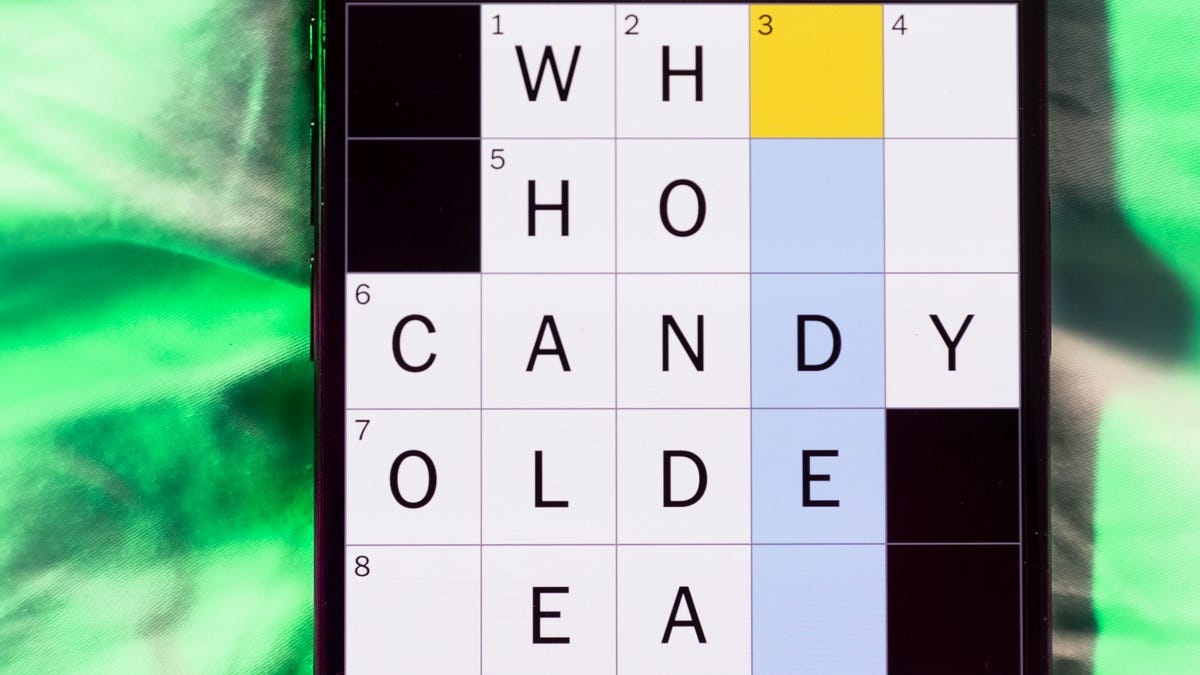
Looking for the most recent Mini Crossword answer? Click here for today’s Mini Crossword hints, as well as our daily answers and hints for The New York Times Wordle, Strands, Connections and Connections: Sports Edition puzzles.
Need some help with today’s Mini Crossword? It’s pretty long for a Mini Crossword, and some of the clues are tricky. The answer to 10-Across is not an expression I use, for sure. Read on. And if you could use some hints and guidance for daily solving, check out our Mini Crossword tips.
If you’re looking for today’s Wordle, Connections, Connections: Sports Edition and Strands answers, you can visit CNET’s NYT puzzle hints page.
Read more: Tips and Tricks for Solving The New York Times Mini Crossword
Let’s get to those Mini Crossword clues and answers.
Mini across clues and answers
1A clue: Fashionable
Answer: HIP
4A clue: Product sold on «The Office»
Answer: PAPER
6A clue: One writing a performance review
Answer: MANAGER
8A clue: With 5-Down, redundant synonym of «outcome»
Answer: END
9A clue: Quiet ___ mouse
Answer: ASA
10A clue: Gives constant compliments, in slang
Answer: GASESUP
12A clue: Ski mountain bump
Answer: MOGUL
13A clue: Uneasy feeling
Answer: ANGST
Mini down clues and answers
1D clue: Personally involved
Answer: HANDSON
2D clue: Hoppy beer, for short
Answer: IPA
3D clue: Mythical horse whose name is an anagram of 10-Across
Answer: PEGASUS
4D clue: Last word in the palindromic sentence «A man, a plan, a canal …»
Answer: PANAMA
5D clue: See 8-Across
Answer: RESULT
6D clue: Ryan of «When Harry Met Sally …»
Answer: MEG
7D clue: Genre for Playboi Carti and Cardi B
Answer: RAP
11D clue: Something in an Easter basket
Answer: EGG
Don’t miss any of our unbiased tech content and lab-based reviews. Add CNET as a preferred Google source.
Technologies
Today’s NYT Connections: Sports Edition Hints and Answers for Dec. 27, #460
Here are hints and the answers for the NYT Connections: Sports Edition puzzle for Dec. 27, No. 460.
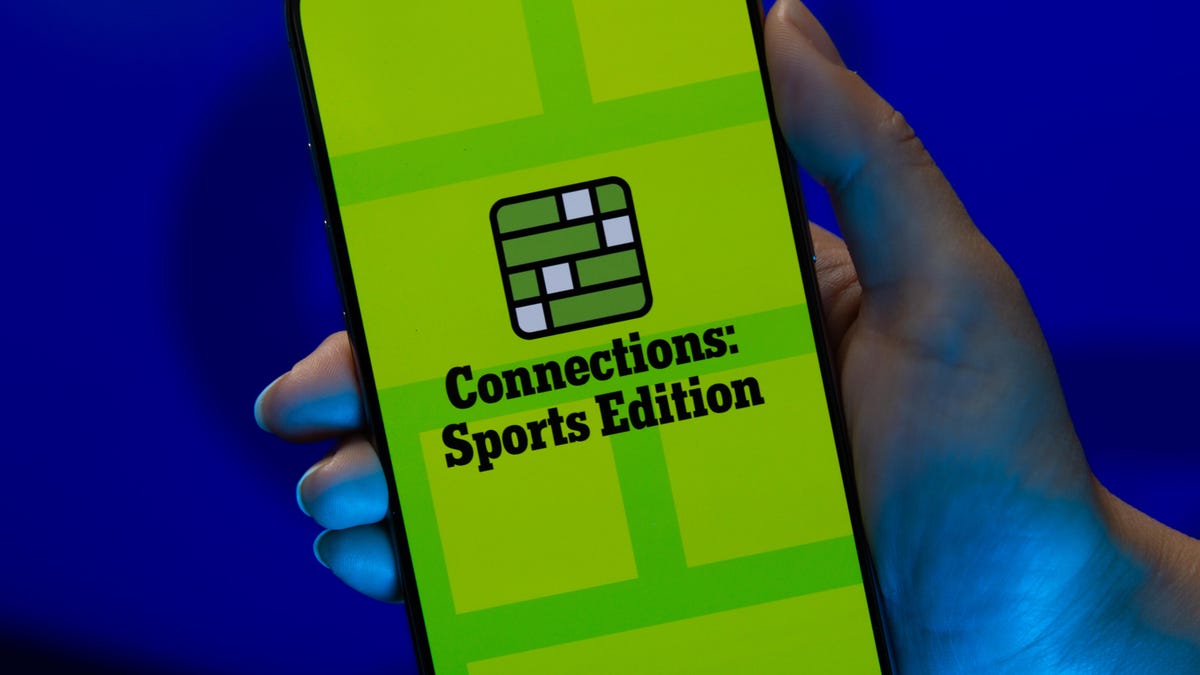
Looking for the most recent regular Connections answers? Click here for today’s Connections hints, as well as our daily answers and hints for The New York Times Mini Crossword, Wordle and Strands puzzles.
Today’s Connections: Sports Edition is a real challenge. That purple category wants you to hunt out something related in four different words, and it’s a toughie. If you’re struggling with today’s puzzle but still want to solve it, read on for hints and the answers.
Connections: Sports Edition is published by The Athletic, the subscription-based sports journalism site owned by The Times. It doesn’t appear in the NYT Games app, but it does in The Athletic’s own app. Or you can play it for free online.
Read more: NYT Connections: Sports Edition Puzzle Comes Out of Beta
Hints for today’s Connections: Sports Edition groups
Here are four hints for the groupings in today’s Connections: Sports Edition puzzle, ranked from the easiest yellow group to the tough (and sometimes bizarre) purple group.
Yellow group hint: Something you save.
Green group hint: An Olympic sport.
Blue group hint: Toronto pitchers.
Purple group hint: Think about the alphabet and look for something hidden.
Answers for today’s Connections: Sports Edition groups
Yellow group: Memento.
Green group: Types of wrestling.
Blue group: Blue Jays to win Cy Young Award.
Purple group: Ends in a homophone for a letter of the alphabet.
Read more: Wordle Cheat Sheet: Here Are the Most Popular Letters Used in English Words
What are today’s Connections: Sports Edition answers?
The yellow words in today’s Connections
The theme is memento. The four answers are collectible, keepsake, memorabilia and souvenir.
The green words in today’s Connections
The theme is types of wrestling. The four answers are arm, freestyle, Greco-Roman and sumo.
The blue words in today’s Connections
The theme is Blue Jays to win Cy Young Award. The four answers are Clemens, Halladay, Hentgen and Ray.
The purple words in today’s Connections
The theme is ends in a homophone for a letter of the alphabet. The four answers are batter’s eye (I), blue jay (J), golf tee (T) and pool cue (Q).
Don’t miss any of our unbiased tech content and lab-based reviews. Add CNET as a preferred Google source.
Technologies
Today’s Wordle Hints, Answer and Help for Dec. 27, #1,652
Here are hints and the answer for today’s Wordle for Dec. 27, No. 1,652.
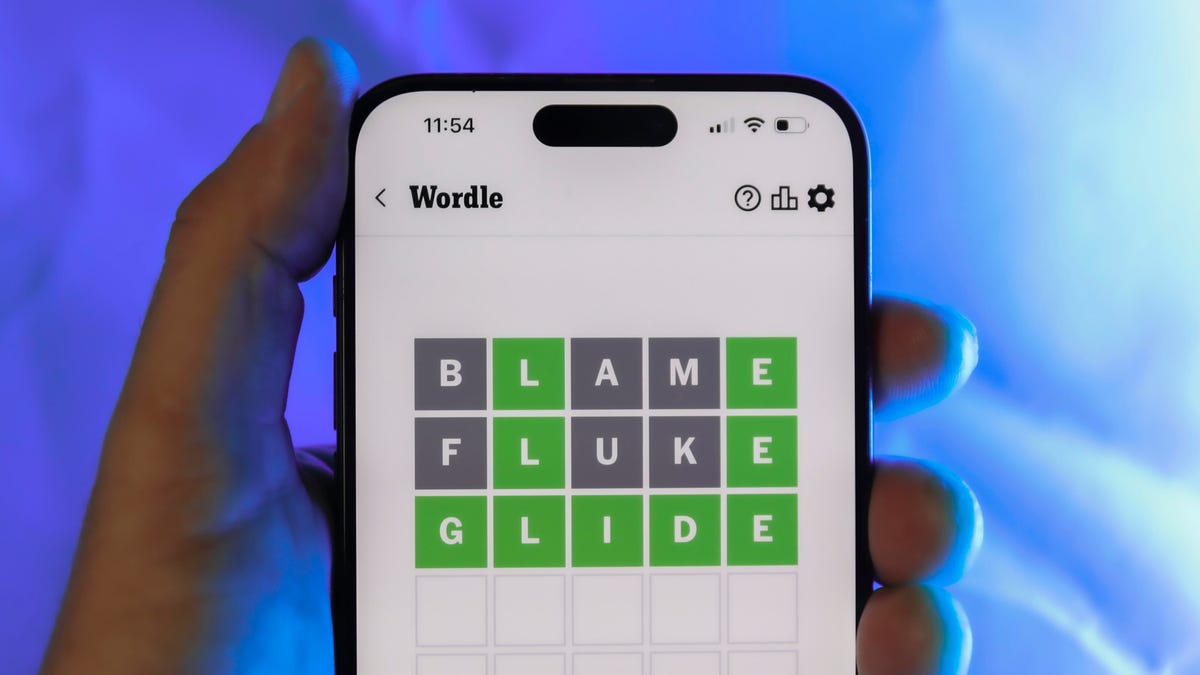
Looking for the most recent Wordle answer? Click here for today’s Wordle hints, as well as our daily answers and hints for The New York Times Mini Crossword, Connections, Connections: Sports Edition and Strands puzzles.
Today’s Wordle puzzle came together pretty quickly for me this time. If you need a new starter word, check out our list of which letters show up the most in English words. If you need hints and the answer, read on.
Read more: New Study Reveals Wordle’s Top 10 Toughest Words of 2025
Today’s Wordle hints
Before we show you today’s Wordle answer, we’ll give you some hints. If you don’t want a spoiler, look away now.
Wordle hint No. 1: Repeats
Today’s Wordle answer has no repeated letters.
Wordle hint No. 2: Vowels
Today’s Wordle answer has one vowel.
Wordle hint No. 3: First letter
Today’s Wordle answer begins with B.
Wordle hint No. 4: Last letter
Today’s Wordle answer ends with H.
Wordle hint No. 5: Meaning
Today’s Wordle answer can refer to a quantity of goods produced at one time.
TODAY’S WORDLE ANSWER
Today’s Wordle answer is BATCH.
Yesterday’s Wordle answer
Yesterday’s Wordle answer, Dec. 26, No. 1651 was SPEED.
Recent Wordle answers
Dec. 22, No. 1647: CONCH
Dec. 23, No. 1648: GLINT
Dec. 24, No. 1649: SPOOL
Dec. 25, No. 1650: PRISM
Don’t miss any of our unbiased tech content and lab-based reviews. Add CNET as a preferred Google source.
-

 Technologies3 года ago
Technologies3 года agoTech Companies Need to Be Held Accountable for Security, Experts Say
-

 Technologies3 года ago
Technologies3 года agoBest Handheld Game Console in 2023
-

 Technologies3 года ago
Technologies3 года agoTighten Up Your VR Game With the Best Head Straps for Quest 2
-

 Technologies4 года ago
Technologies4 года agoBlack Friday 2021: The best deals on TVs, headphones, kitchenware, and more
-

 Technologies4 года ago
Technologies4 года agoVerum, Wickr and Threema: next generation secured messengers
-

 Technologies4 года ago
Technologies4 года agoGoogle to require vaccinations as Silicon Valley rethinks return-to-office policies
-

 Technologies4 года ago
Technologies4 года agoOlivia Harlan Dekker for Verum Messenger
-

 Technologies4 года ago
Technologies4 года agoiPhone 13 event: How to watch Apple’s big announcement tomorrow
